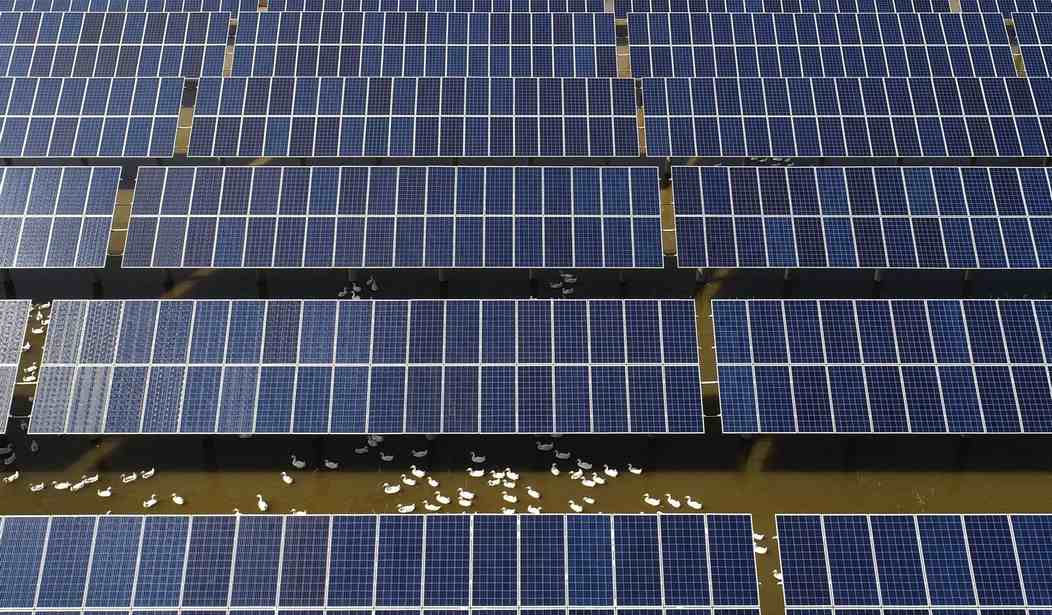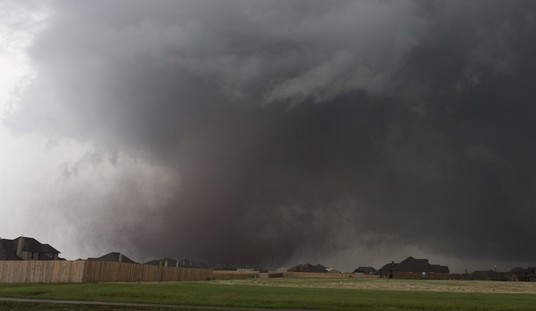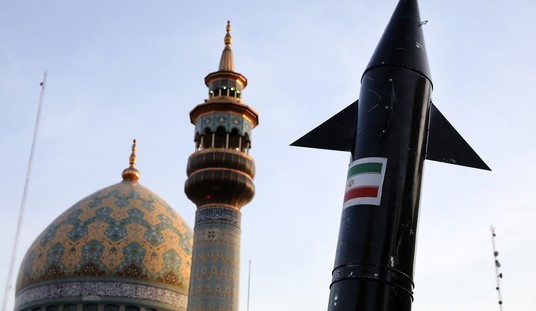Some things are practical in Alaska that aren't practical in other places.
Just to the north of us, there is a solar panel farm. The facility isn't very big - maybe five acres. It supplements the electrical co-op's capacity, and while it doesn't do much in winter, in summer I understand it actually produces a fair amount of electricity due to Alaska's long days. And, as I understand it, the farm on its own would support one small neighborhood. We also know a few people who live off-grid, relying on a combination of solar, diesel generators, and batteries for their electricity.
Bear in mind that what may work in Alaska, with a population smaller than Wyoming and half of that population scattered in small towns and villages scattered across a state bigger than Texas, California, and Montana combined, won't scale up to, say, a California.
Let's forget about all the other problems with "green" energy and its real impact on climate for a moment, and just look at land use. In higher-population states like California, Massachusetts, or Illinois, there's a problem simply with the amount of land required.
Both wind and solar power are voracious land hogs. Wind or solar can need 90 to 100 times more acreage than a natural gas plant to generate the same amount of electricity. And let’s not forget the large swaths of land that will have to be appropriated, and in heavily forested areas clear cut, to build transmission lines that connect solar and wind farms to distribution lines.
Yes, there is a lot of open land in this country on which to build wind and solar projects. But don’t think the NIMBYs are going to let the renewables sites just roll over without not just a fight but a war.
Did you get that? 90 to 100 times more acreage than a natural gas plant; probably more than that for the same amount of electricity as a nuke plant. You can't get around the energy density problem; you just can't. Physics is a harsh mistress. And the amount of land - habitat, if you want to put a point on it - required is considerable. Even some of the saner habitat, wildlife, and environmental groups are concerned about this - sort of.
A recent report from Mass Audubon and Harvard Forest says that it’s possible that solar can grow at the same time that “the nature we have” is protected. But before they can make their case, the authors had to acknowledge:
The current trajectory of deployment of large ground-mount solar is coming at too high a cost to nature. Concerns about impacts to nature are partly responsible for erosion of public support for solar, with many communities now seeking to slow or entirely stop new ground-mount solar systems.
The point was later reiterated:
Under current siting practices, thousands of acres of forests, farms, and other carbon-rich landscapes are being converted to host large-scale solar.
And all this time the save-our-planet left has sworn its great devotion for trees – whose presence is “an amazing nanotechnology carbon-capture solution” – and bucolic farmland. Eco-activists fuss and scold over the cutting of trees to clear land for housing, commercial development, and raw materials, but apparently it’s just fine to remove trees if they’re replaced by solar panels.
Wasn't the whole point of "green" energy supposed to be saving the planet, not covering it with solar panels? Solar panels, I hasten to add, are heavily subsidized.
The whole thing is already becoming unraveled. California, for all that the impeccably-coiffed Governor Newsom goes on about "clean energy," is relying more on natural gas and the one remaining nuclear plant to keep the lights on - at least, most of the time. There is also the issue of not only the material required to produce the various parts of the "green" energy scheme but also the disposal of spent batteries and windmill blades.
But back to solar; the amount of land, as the report cited above notes, is vast. But they have ideas:
The solution offered by the report is to place solar panels on structures and use them as canopies over parking lots. But not every home and structure can support solar panels, and not everyone wants an aesthetically displeasing solar array on their house.
The authors also admit that rooftop solar systems, “which on average are smaller … involve higher ‘soft costs’ (e.g., permitting, marketing),” and while placing canopies “over parking lots is very popular with the public,” this method carries “higher average costs than most ground-mount and rooftop projects due to the additional materials and labor needed to elevate solar panels.”
Simply put, according to one Massachusetts lawmaker, “it’s cheaper at the moment to buy land, clear cut it, and put up solar.”
So, habitat destruction on a vast scale - that is the answer of the "environmental" groups. No thanks; I happen to like the environment. I'm one of the people who actually lives out in it.
What we need more of isn't windmills, solar panels, or batteries. We need more nuclear power plants. We need more small modular reactors. We need a decentralized grid powered by splitting atoms. Do you want clean energy? This is clean energy. No “still just thirty years away” fusion boondoggles are required. Not that fusion wouldn’t be even greater if we can make it work on an industrial scale, but how long have various organizations been trying to make that happen?
This is a technology we have now.
There are new designs for safe, efficient reactor plants that we could and should be building today. Technological societies, like ours, are dependent on abundant, cheap energy, and nuclear power has the ability to provide that power. Throughout our history, every major technological advance in power – from animal to machine, from wood to coal to oil to gas – has had one key characteristic in common, and that is increased energy density. Nuclear power represents just such an increase over generating electricity with coal or gas. Solar and wind power run in just the opposite direction, which is why they don’t scale up, and were we to try, as we see here, the cost in land would be massive.
Remember when people were concerned about losing the bucolic countryside?













